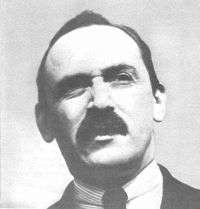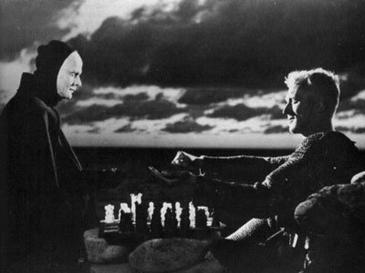Although the book focuses on his commercial Pop Art work (which is incredible), SO much of his other work is either glossed over (films, which is what I will discuss for a good part of this blog) or ignored entirely (his death obsessed early 70s work; his so-called "piss paintings," which are exactly what they sound like; even his series based on DaVinci's "The Last Supper").
Warhol's films seldom contained anything that one could label "narrative." Even "Vinyl," his adaptation of Anthony Burgess's "A Clockwork Orange" is notorious for its lack of plotline (spoiler: Edie Sedgwick gets off the box at the end). His most famous film works ('ant-films,' as far as Warhol was concrned) were often incredibly long, incredibly stagnant, and very simply titled. For example, Sleep is a film of John Giorno sleeping for five hours and twenty minutes, Eat is 45 minutes of Robert Indiana eating a mushroom, Empire is over 8 hours of slow motion footage of the Empire State Building, and Taylor Mead's Ass and Blow Job, are, respectively, an hour and a half and 35 minutes of exactly what you'd guess. Here's a bit of Empire to give you an idea:
Even a die-hard Warhol fan has to admit that 30 seconds of that is dull, let alone over 8 hours. It's very similar to watching paint dry. However, in my opinion, it's still art... And pretty good art at that! Warhol never allowed abridged screenings of Empire: If you were going to play Empire, you were going to play ALLLLLLL of it. Warhol's artistic vision was, as he said, "to see time go by." I try to judge artists works by their own goals and, boy, did Warhol ever watch time go by. He really was there for the whole filming. In fact, in the first few reels of the films, Warhol is visible through his reflection in a window. I appreciate Empire, along with Warhol's other films, for being distinctly Andy in all that they did: taking something everybody is used to, putting it through his eyes, and spitting out a new, mass produce-able creation. After all, that's what Pop Art is!







_01.jpg)





